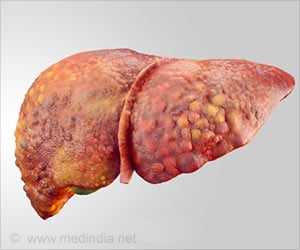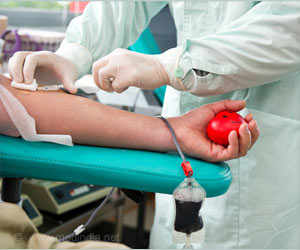Alarming research reveals a high incidence of Non-Alcoholic Fatty Liver Disease (NAFLD) among urban school children.
- High incidence of non-alcoholic fatty liver disease (NAFLD) among urban schoolchildren, particularly from affluent families, with rates reaching up to 60% in some elite schools
- NAFLD, if left untreated, can progress to severe liver conditions such as cirrhosis and liver cancer
- The rise in NAFLD among schoolchildren is largely attributed to obesity caused by poor diet and lack of physical activity
What is Non-Alcoholic Fatty Liver Disease (NAFLD)?
NAFLD indicates that the liver has an abnormally high level of fat accumulation, which can progress to non-alcoholic steatohepatitis (NASH), a condition in which the liver becomes inflamed and is considered the most severe type of NAFLD (1✔ ✔Trusted SourcePrevalence of non-alcoholic fatty liver disease in overweight and obese children seeking ambulatory healthcare in Nairobi, Kenya
Go to source). There were no symptoms in the majority of patients, and no jaundice was found. The children were overweight, reluctant to play games, and displayed poor academic performance. "Soda, chocolates and processed foods like noodles and biscuits were a major part of their diet. The problem was identified by ultrasound tests and in some cases, the liver function test was found to be abnormal," said Dr. Nageshwar Reddy, gastroenterologist, who led the study as part of an outreach program.
Threat of NAFLD and Liver Disease Among the Younger Generation
According to the study, a whole generation of children will be born with liver disease, with a large percentage progressing to cirrhosis in the future. Approximately 30% of the state's population is estimated to have NAFLD, with a somewhat lower incidence among youngsters in general. NASH leads to cirrhosis of the liver, which can eventually lead to liver cancer.A recent study by AIIMS, New Delhi, found that 30% of the general population, including youngsters, had a liver illness. It was discovered that NAFLD was less prevalent in youngsters attending government schools. Osmania General Hospital (OGH) estimates that the instances are around 20%, but it is determined to be less than 30% in most government schools. "Obesity and NAFLD are higher among children in schools particularly in the city as many don't have playgrounds. Also, motorized transport has replaced walking to school which has added to obesity," said Dr. Ch Madhusudan, head of the Department of Gastroenterology at OGH.
"The incidence of NAFLD and other liver ailments is directly proportional to the incidence of obesity. We have also found in our studies that schoolchildren from affluent families have more obesity and an alarming incidence of NAFLD. This is not true for government schools though," said paediatrician and founder, of Choice Foundation for Children, Dr. Satish Ghanta.
A recent study by AIIMS, New Delhi, found that 30% of the general population, including youngsters, had a liver illness. It was discovered that NAFLD was less prevalent in youngsters attending government schools. Osmania General Hospital (OGH) estimates that the instances are around 20%, but it is determined to be less than 30% in most government schools.
Reference:
- Prevalence of non-alcoholic fatty liver disease in overweight and obese children seeking ambulatory healthcare in Nairobi, Kenya - (https://pubmed.ncbi.nlm.nih.gov/36796875/)














